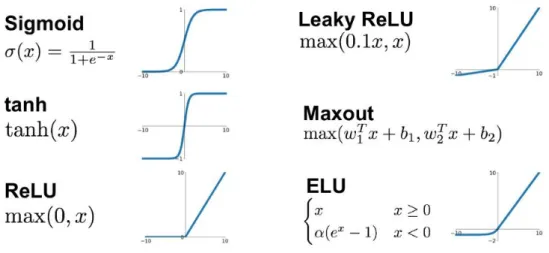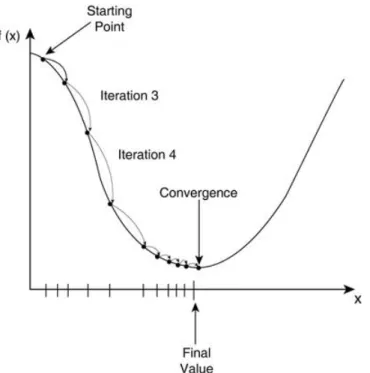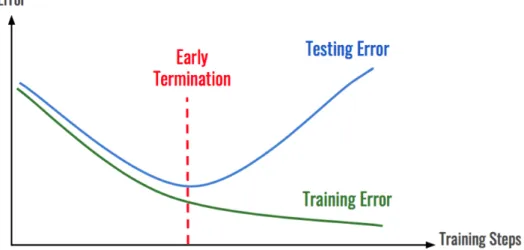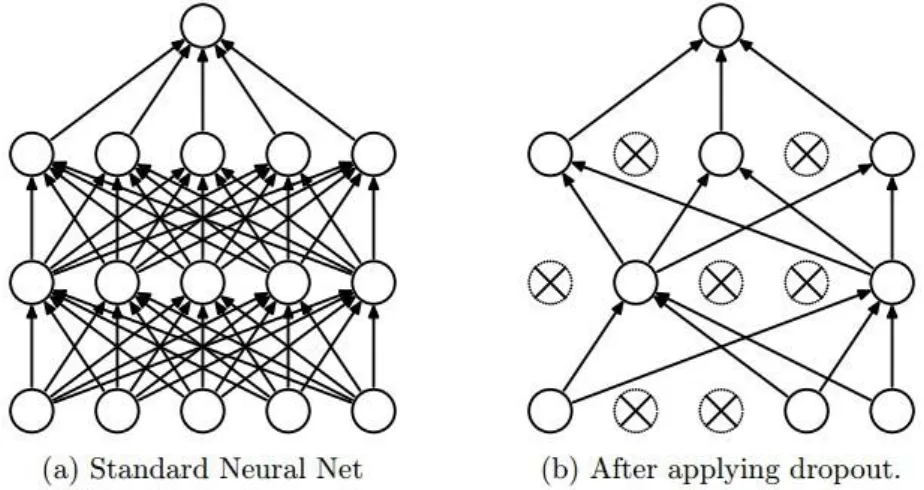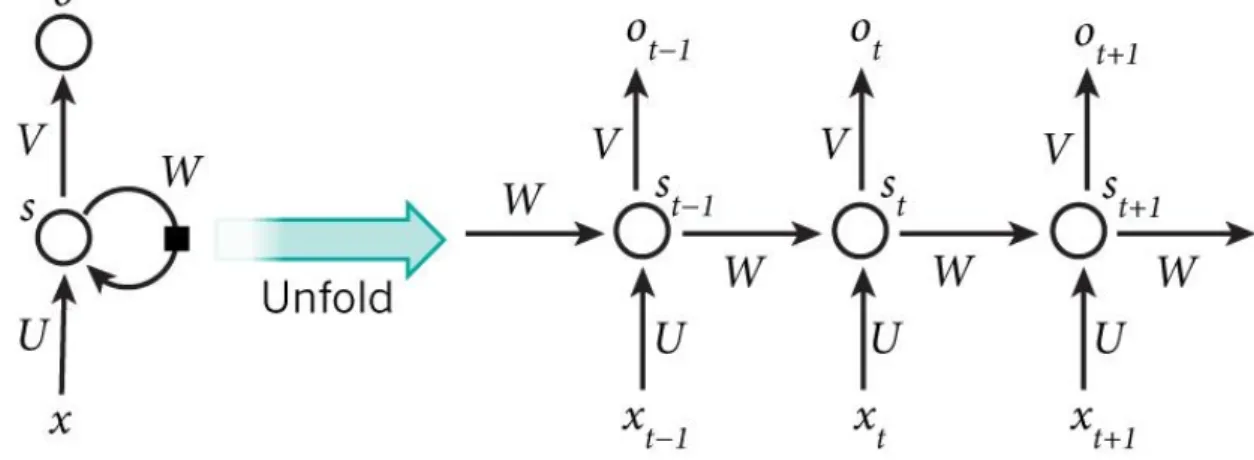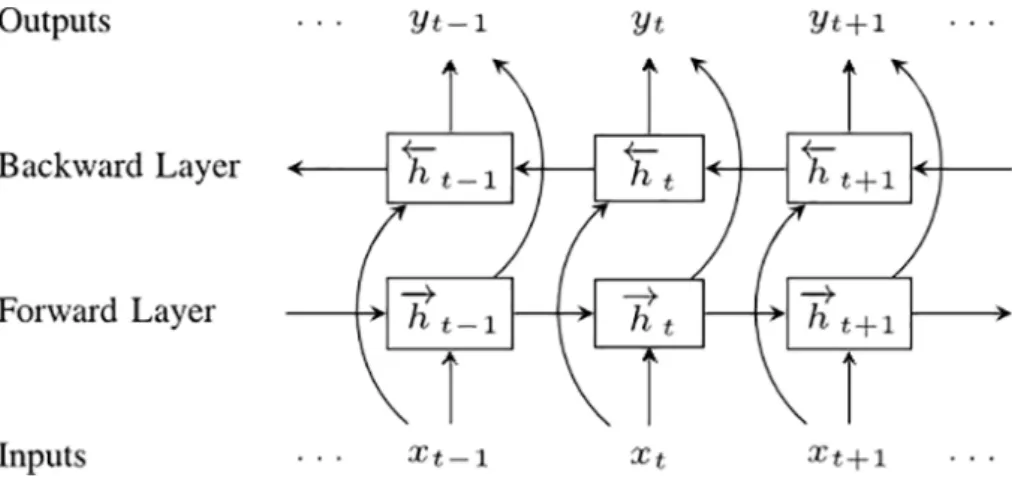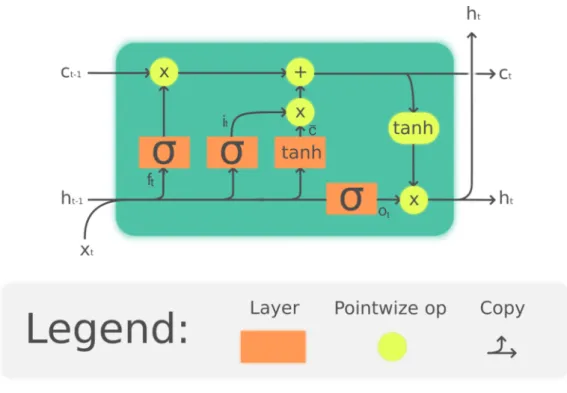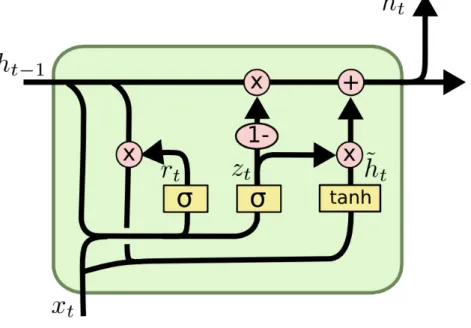Hate speech consists of using offensive or stereotypical speech against a person or group of people based on their race, religion, sexual orientation and gender. First, we will define the problem of hate speech detection and discuss existing research in this area. In this work, we will focus on a specific drawback; the spread of hate speech through the Internet and social media platforms.
However, they remain a platform for people to come out and spread hate speech easily and anonymously. One way to eliminate hate speech is to only review posts reported by other users of the platform. For all the above reasons, it becomes clear that for all social media platforms that wish to respect global and EU anti-hate laws (anti-racism laws etc.), but also protect their users who belong to a minority group and make their own experience. on the nicest platform, an automatic tool to detect hate speech is really important.
In this chapter we discussed the importance of tackling hate speech and why using humans to detect such content is inefficient. In Chapter 2, we introduce the task of detecting hate speech, provide a formal definition of what constitutes hate speech, present related work and research in the field, and finally provide a detailed description of neural networks and how they work. as they are a core concept of this thesis. In Chapter 1, we discussed that the increase in the use of hate speech on social media is a major problem and highlighted the importance of designing an automated tool to highlight such content.
In section 2.2 we provide a formal definition of hate speech as given by the European Committee of Ministers and we will also expand on it.
Hate Speech detection
The classifier, which we will build to find such content, needs to be trained and tested on an already annotated dataset. In section 2.3 we will discuss the relevant work that has been done in the field.
Hate Speech Definition
Related Work
Automated Hate Speech Detection and the Problem of Offensive Language
40% of actual hate speech is misclassified and only 5% of their offensive language is labeled as hate.
Deep Learning for Hate Speech Detection in Tweets
Neural Networks
- Neurons
- Layers
- Activation Function
- The sigmoid function
- Tanh
- ReLU
- Softmax
- Training
- Loss Function
- Gradient Descent
- Backpropagation
- Training Risks
- Types of Neural Networks
- Feedforward Neural Networks
- Convolutional Neural Networks
- Recurrent Neural Networks
- LSTM
The input layer receives the initial data and the number of neurons is usually equal to the number of features of the input data. The output layer can have one or more neurons and its output is the output of the network. If too few neurons are used, we may end up in underfitting, that is, our model is not complex enough to effectively capture the underlying structure of the data.
There are actually many rule methods for a good decision on the amount of neurons for hidden layers, as follows [11]: The number of hidden neurons should be between the size of the input layer and the size of the output layer. The number of hidden neurons should be 2/3 the size of the input layer, plus the size of the output layer. The number of hidden neurons should be less than twice the size of the input layer.
The aim of the training phase is to find for each layer the values of the parameters Wi and bi that lead to predictions as close as possible to the real label y with respect to a loss function L, which we will explain next. The lower the value of this function, the greater the similarity between the prediction and the actual label. To find the local minimum of a function, we start with an arbitrary point and calculate the derivative (gradient) there and then we move in the direction of the negative gradient.
On the other hand, at the end of each iteration, that is when all the data of a batch has passed through the network, we can calculate the gradient of the loss function with respect to the weights and the biases of the network and update it accordingly. Underfitting, on the other hand, occurs when our model is unable to adequately capture the underlying structure of the training data. One of the easiest and simplest regularization methods that is almost always applied is to stop training when the test error starts to increase, despite the fact that the training error can be further minimized, to avoid overtraining our model.
These types of networks are very useful because they apply various filters and regularization techniques to reduce the number of parameters of the network. We can also depict them as normal neural networks like the left side of the figure. During the training phase of the model, we will have to calculate the backpropagation error from the term "shepherd" to "brown".
Another problem that can also occur, and the "opposite" of the above in a way, is the problem of the exploding gradient. Finally, the output gate controls the extent to which the value in the cell is used to calculate the output activation of the LSTM unit.
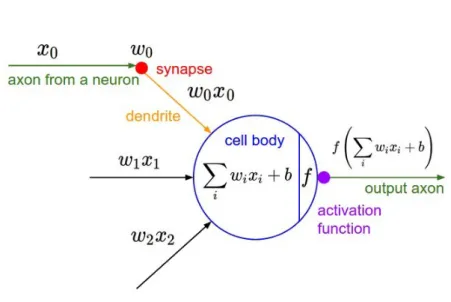
Toolset
Our goal is to create an automatic tool that uses neural networks, and more specifically LSTMs, to detect hate speech in text. Our focus would be on data mined from social media, and more specifically the social media platform Twitter. In this chapter, we will describe the dataset we used and any preprocessing we performed on it.
Additionally, we will discuss various ways of transforming our data from text format to a format that can be accepted by our models. Finally, we will build LSTMs, which we will then train with the aforementioned processed and transformed data so that we can infer whether a provided input consists of hate speech or not.
Datasets
Preprocessing
Consider the following tweet: “This is just an example of a #tweet THAT is also a link to www.foo.bar!!!. This tweet will then be transformed into “this very example of
Text Representation
Bag of Words
Term Frequency - Inverse Document Frequency
Word Embeddings
If a word does not exist in the GloVe embeddings, we generate a random embedding for it. Another technique, which we will also use, is to produce word embeddings by adding an embedding layer as the input layer of an LSTM model. What this layer does is take a word ID as input and produce embeddings for it.
To implement this technique, we map each word to an ID and then feed the network a sequence of IDs instead of a sequence of words. This layer is then trained along with the rest of the model and learns to generate embedded words.
Model Design
The model will use the Adam (Adaptive Moment Estimation) optimizer [18], which is a modification of the stochastic gradient descent mentioned earlier. The F1 score is calculated from the precision and recall of the test, where precision is the number of correctly identified positives divided by the number of all positives, including those not correctly identified, and recall is the number of correctly identified positives. results divided by the number of all samples that should be identified as positive. We note that in many cases the F1 score and the accuracy of the neutral class are zero.
A possible reason for this is that in our dataset there are many more tweets in the hate speech class than in the neutral speech class. Looking at our dataset, we see that there are a total of 24,783 tweets, of which 20,620 are classified as hate speech and 4,163 as neutral speech. Our training data consists of 80% of our dataset, and more specifically 16,489 tweets classified as hate speech and 3,337 tweets classified as neutral speech.
F1 score, as well as the best or near best precision and F1 score in each individual class. They used the F1 score as a benchmark for their model and achieved a score of 94%, almost as much as our best F1 score of 95%. In this research we discussed why it is important to tackle the phenomenon of hate speech.
The massive use of the Internet, accompanied by the increase in hatred against minorities in modern societies, has led to an influx of hate speech within online platforms. The large amount of data shared over the Internet has made the detection of hate speech by people very difficult. Therefore, it becomes clear that other methods must be used to effectively detect hate speech.
As part of this thesis, we implemented and compared different classifiers that classify tweets as neutral speech or hate speech. We could also experiment with adding more LSTM layers or another dense layer before the output in the hope that a deeper network will be able to learn more complex patterns from the data and potentially achieve better results. Finally, we could use characteristics of the people who express hate speech, as mentioned by Davidson et al.
2017 [8], as well as test the importance of the user network characteristics, as mentioned in Badjatiya et al. to improve hate speech detection in general. Bhadauria, Jitendra Virmani and Kriti. Hate speech and offensive language detection in Twitter data using LSTM model, pages 243–264.

A depiction of a neuron
Frequently used activation functions
Simulation of Gradient Descent’s convergence after multiple iterations
Examples of underfitting (left), overfitting (right) and the optimal balance
The ideal point to stop training based on the training error and the test error. 20
A Recurrent Neural Network, folded (left) and unfolded (right)
A bidirectional RNN
An LSTM cell
A GRU cell
Bag of Words example
TF-IDF example
Word Embeddings example
An example to portray the shortcomings of accuracy
